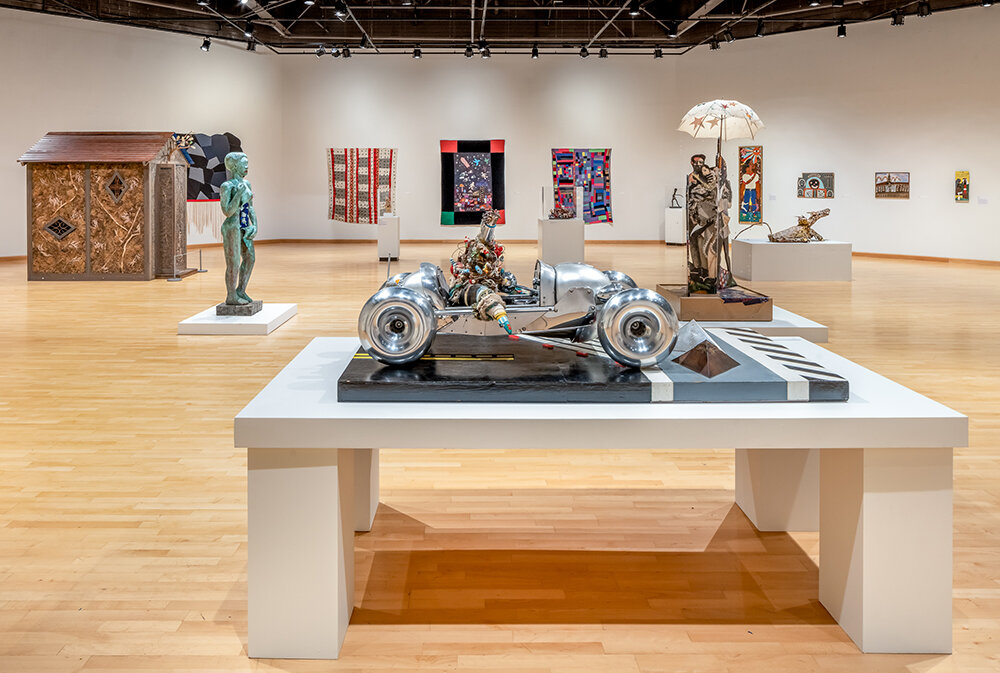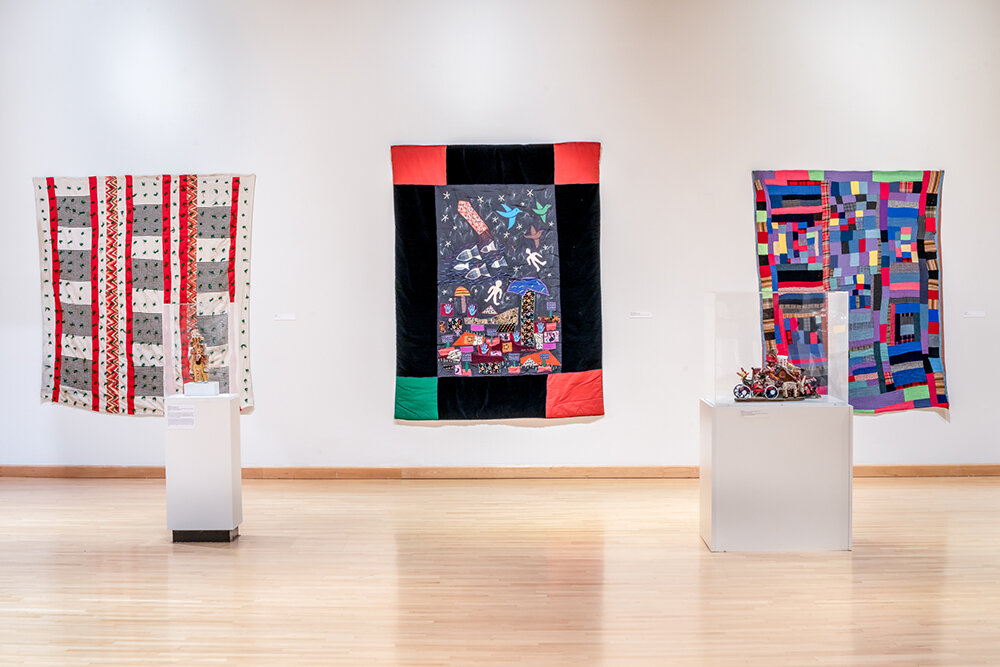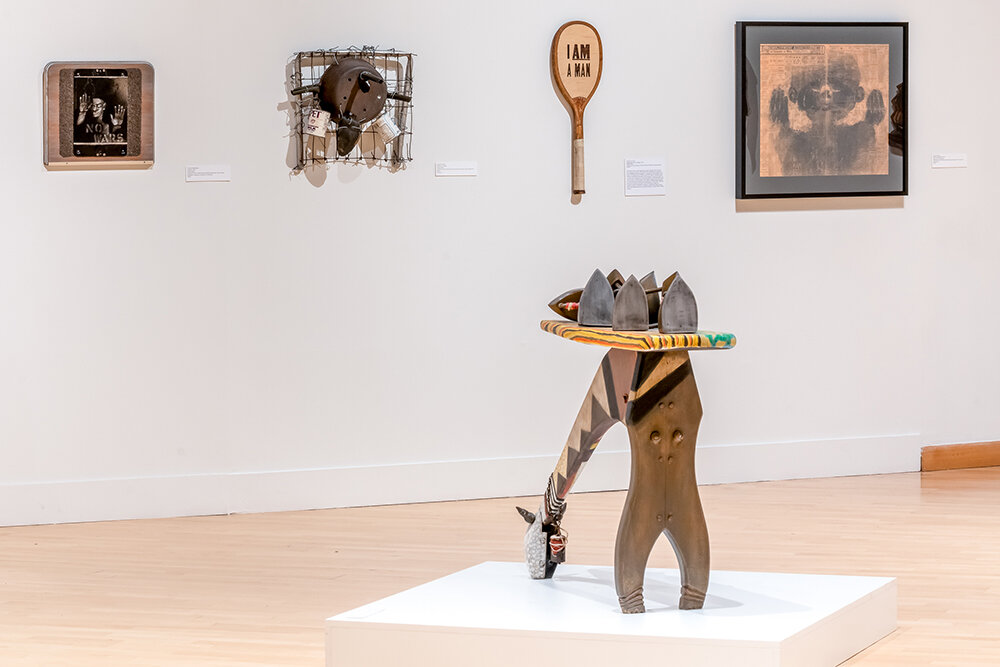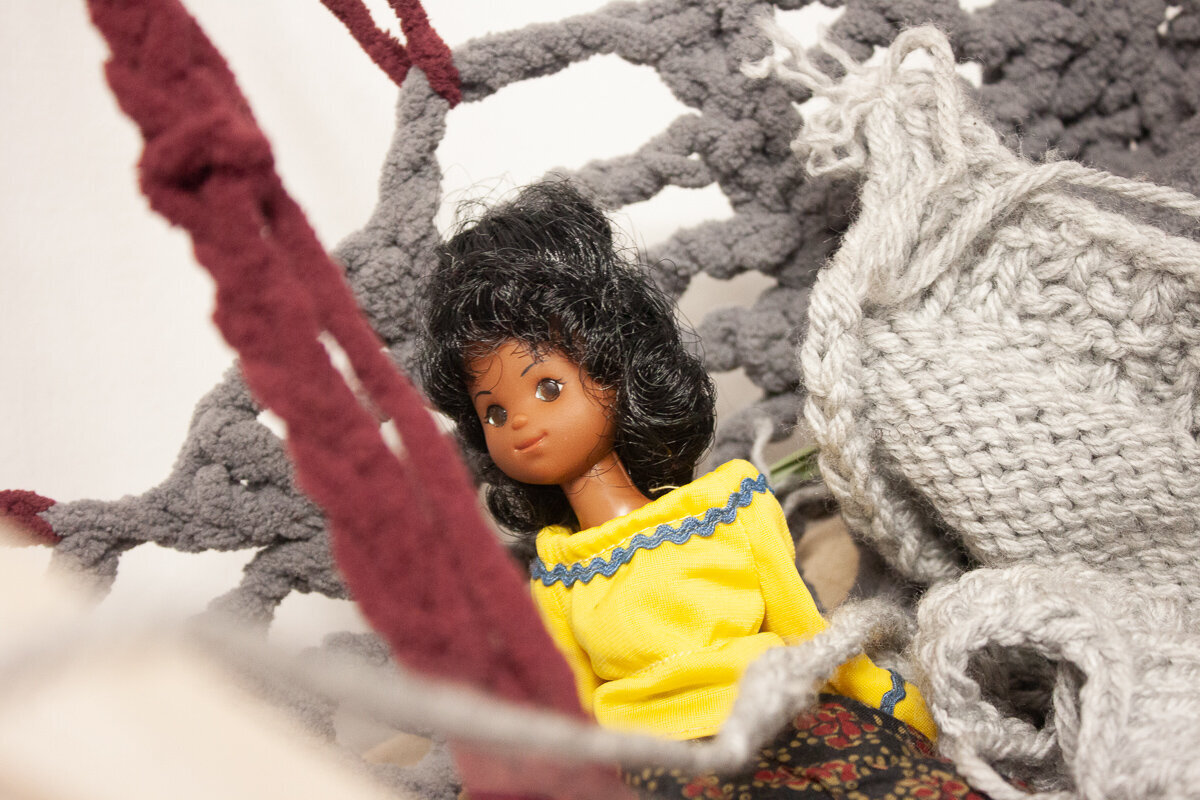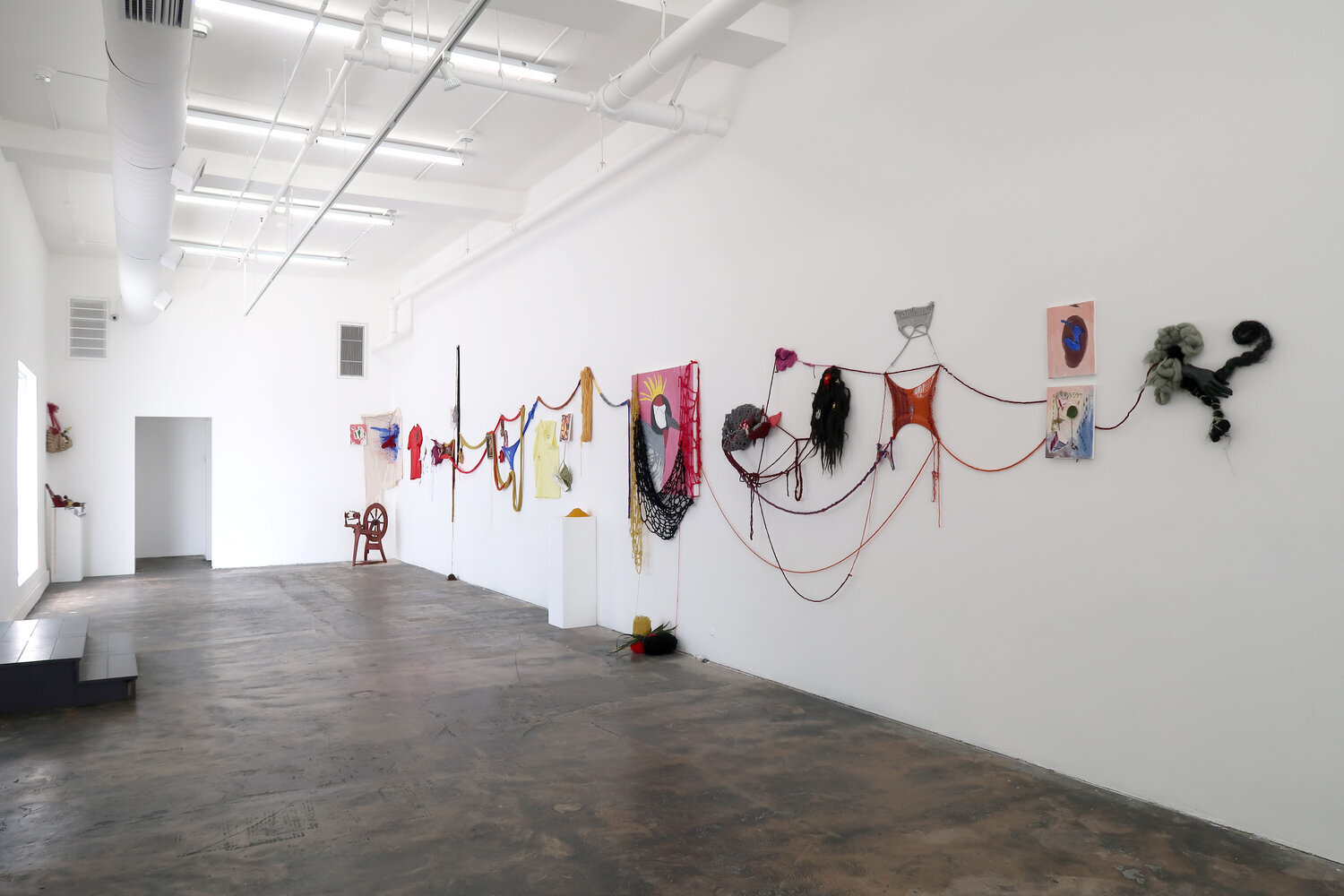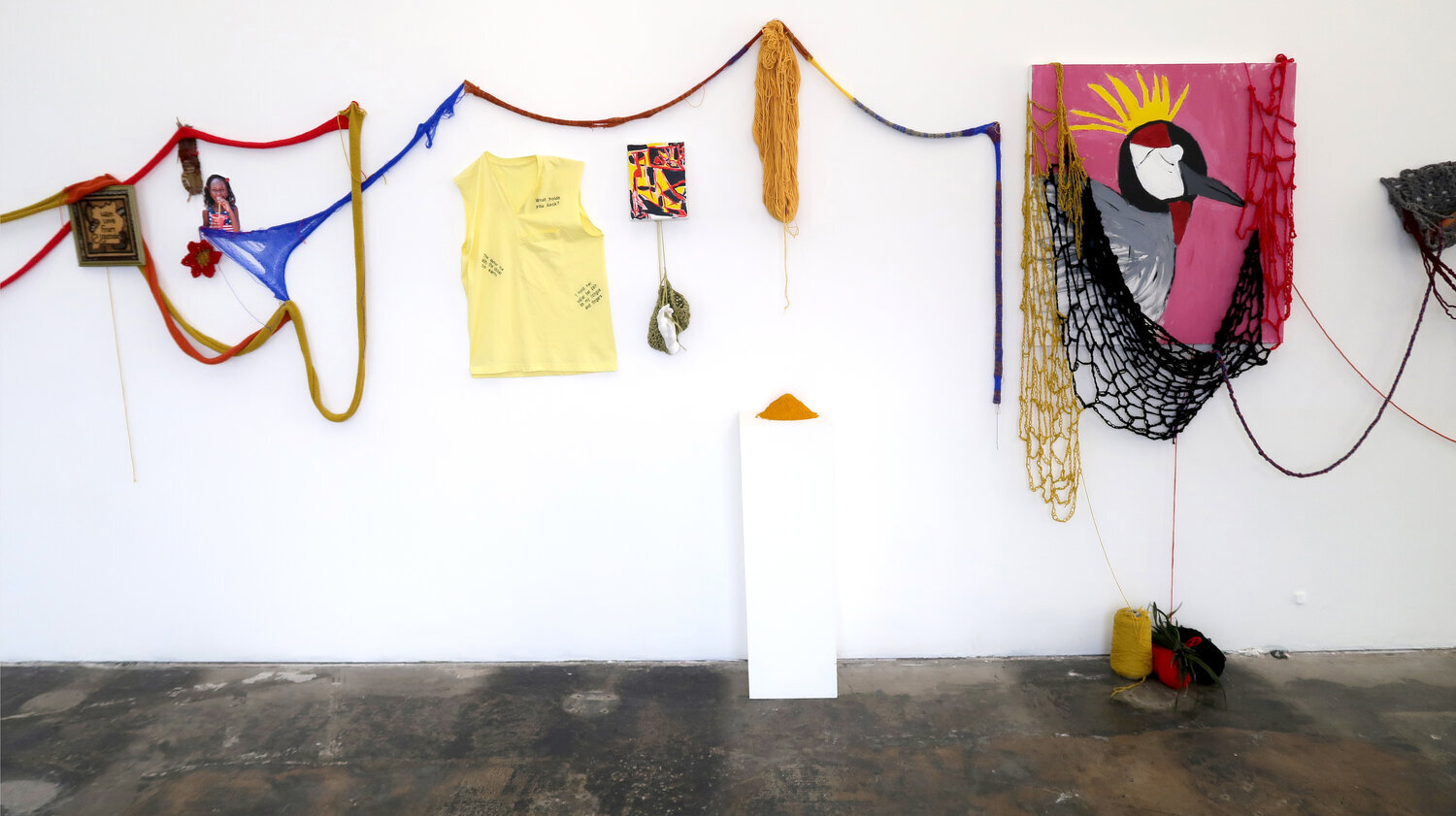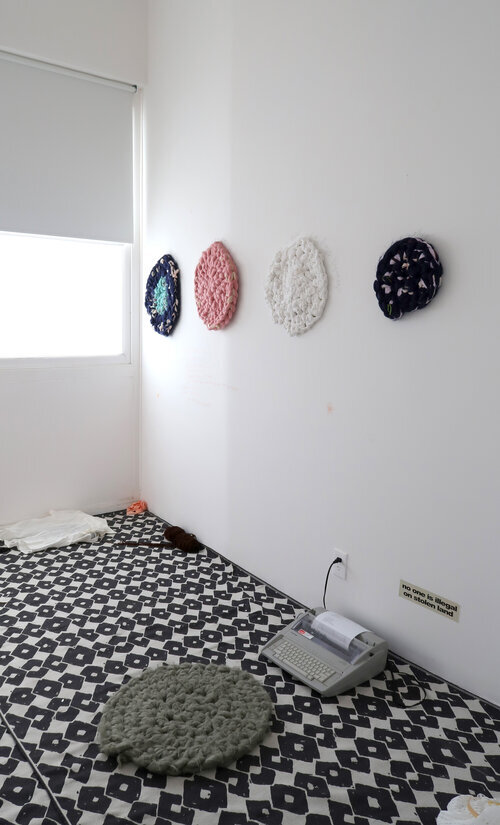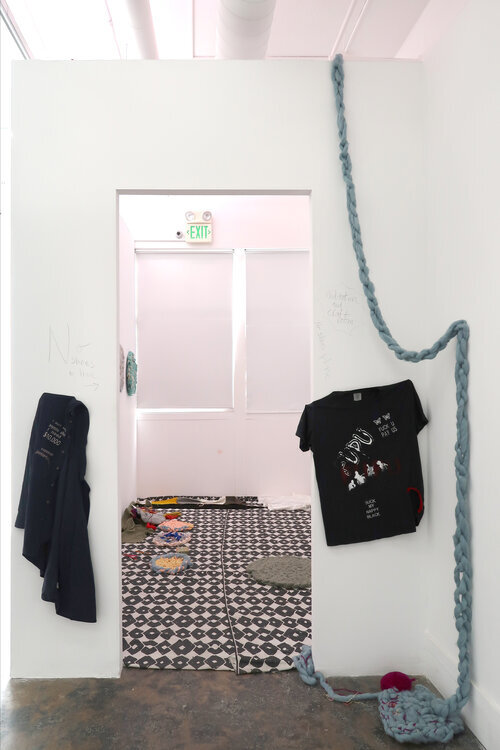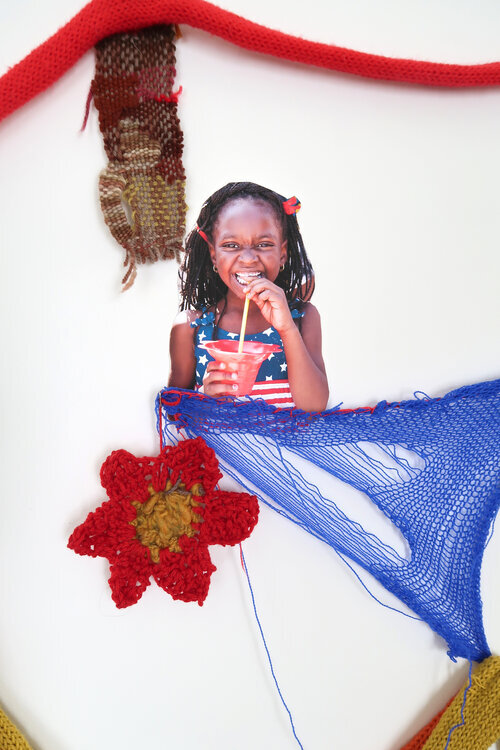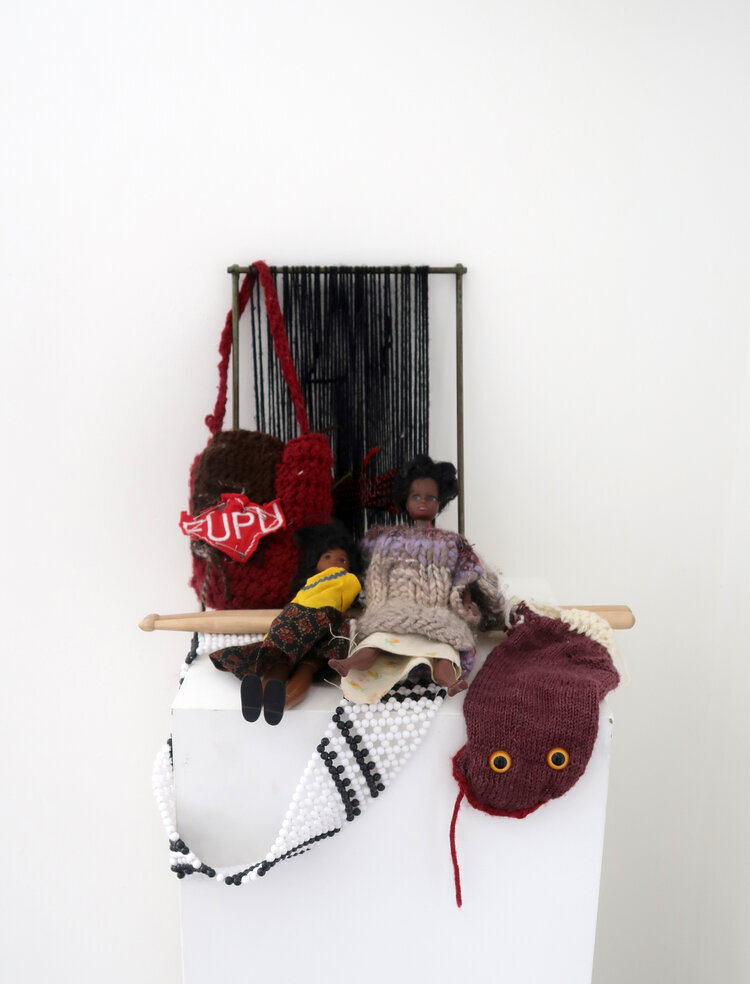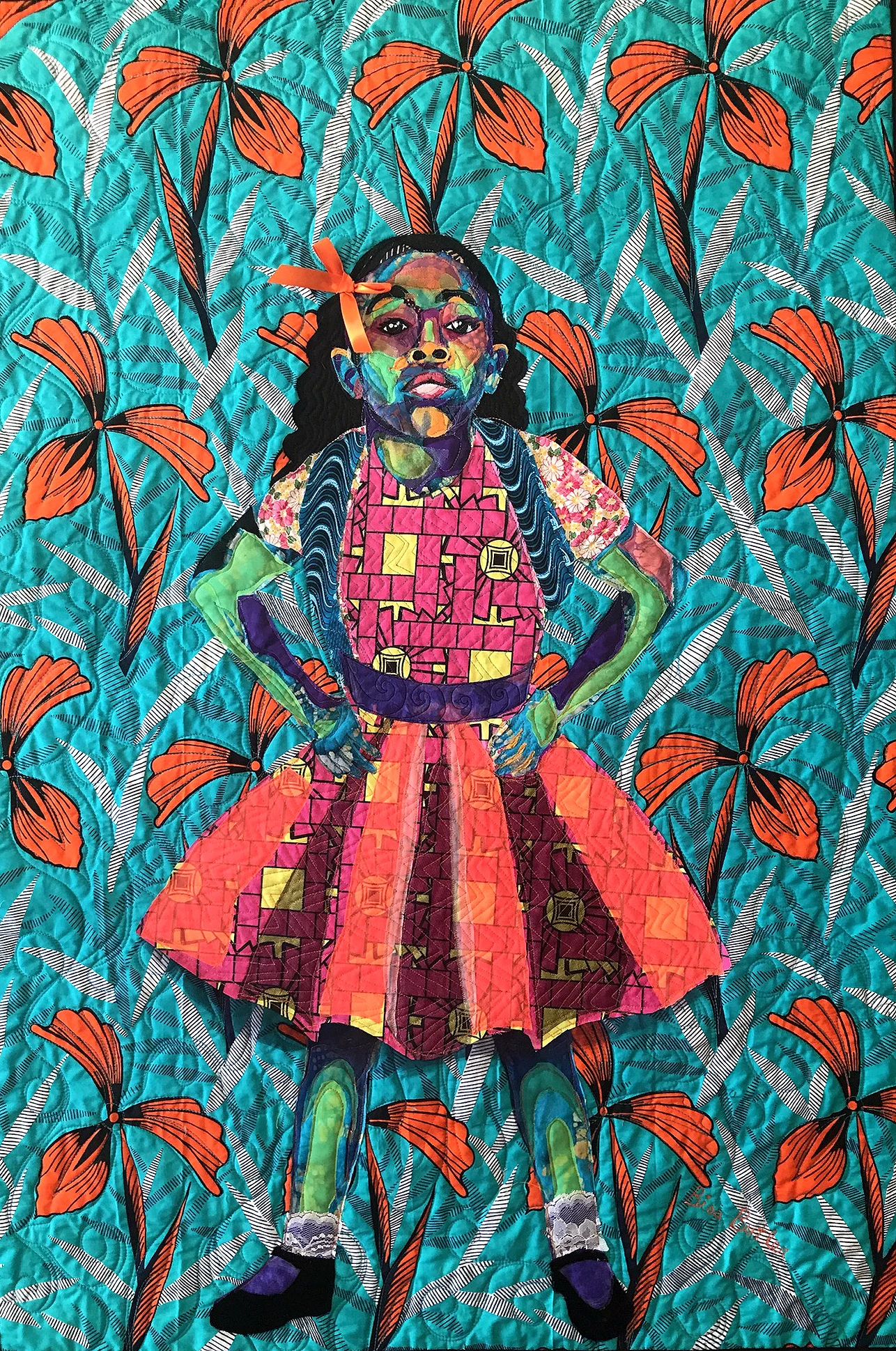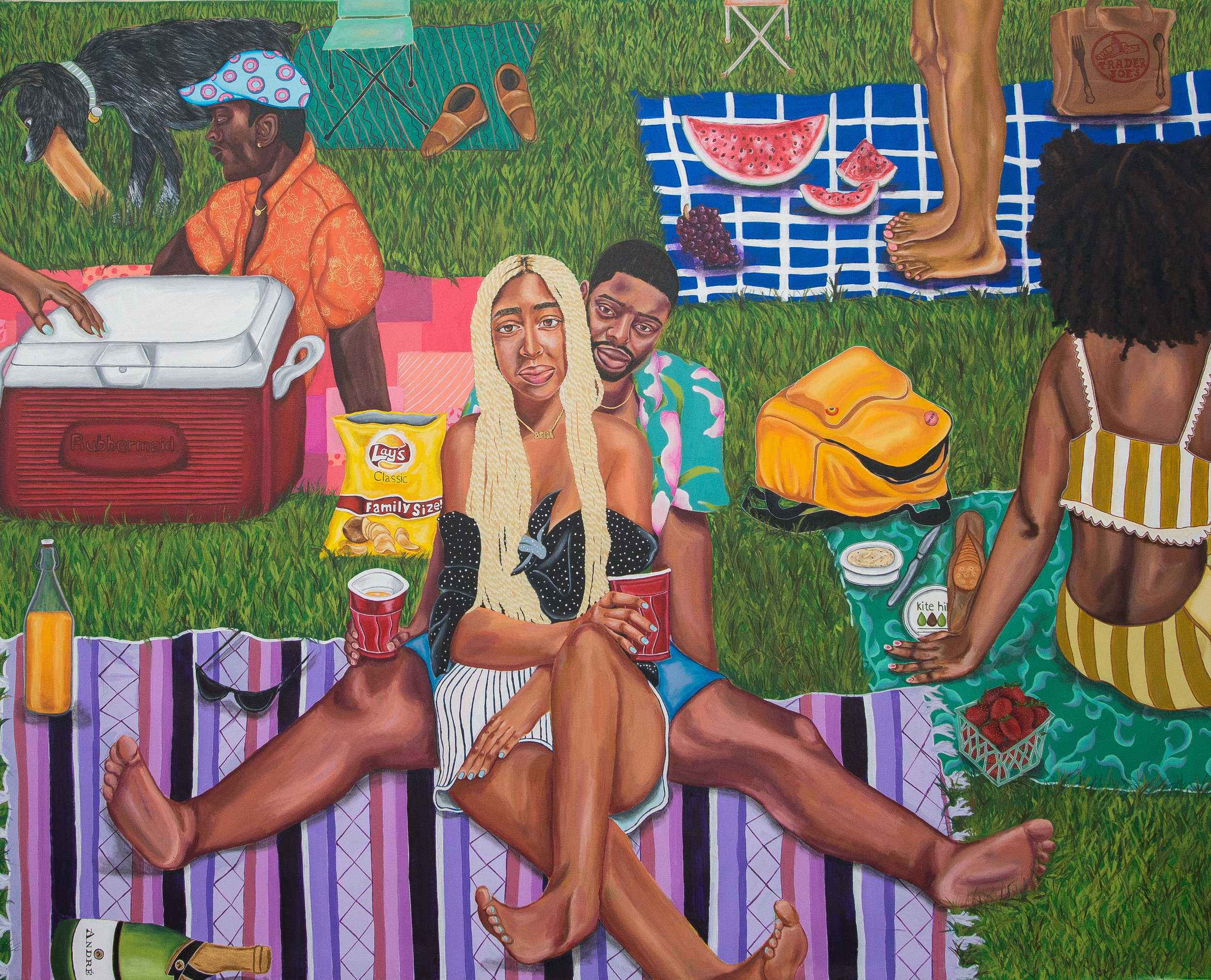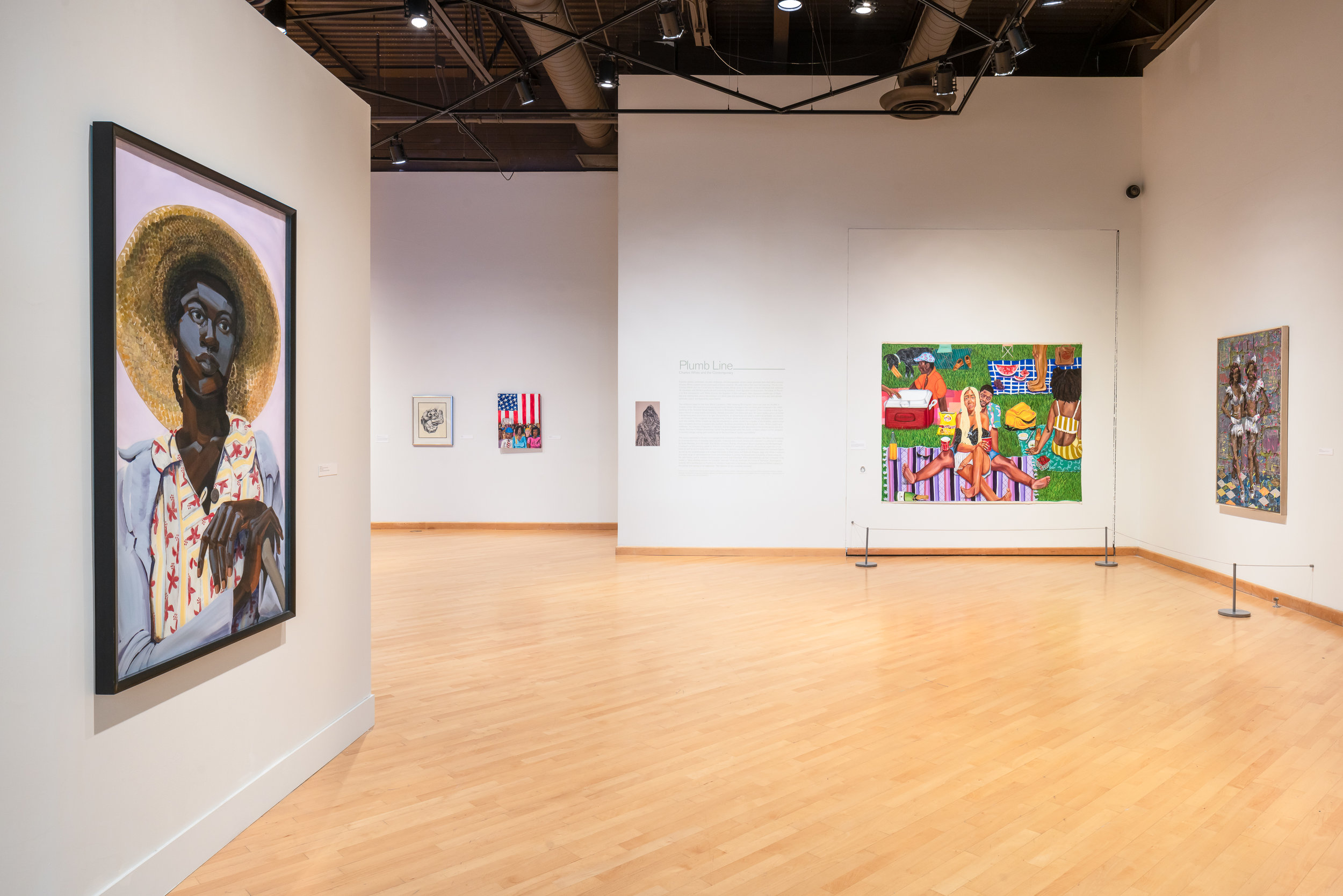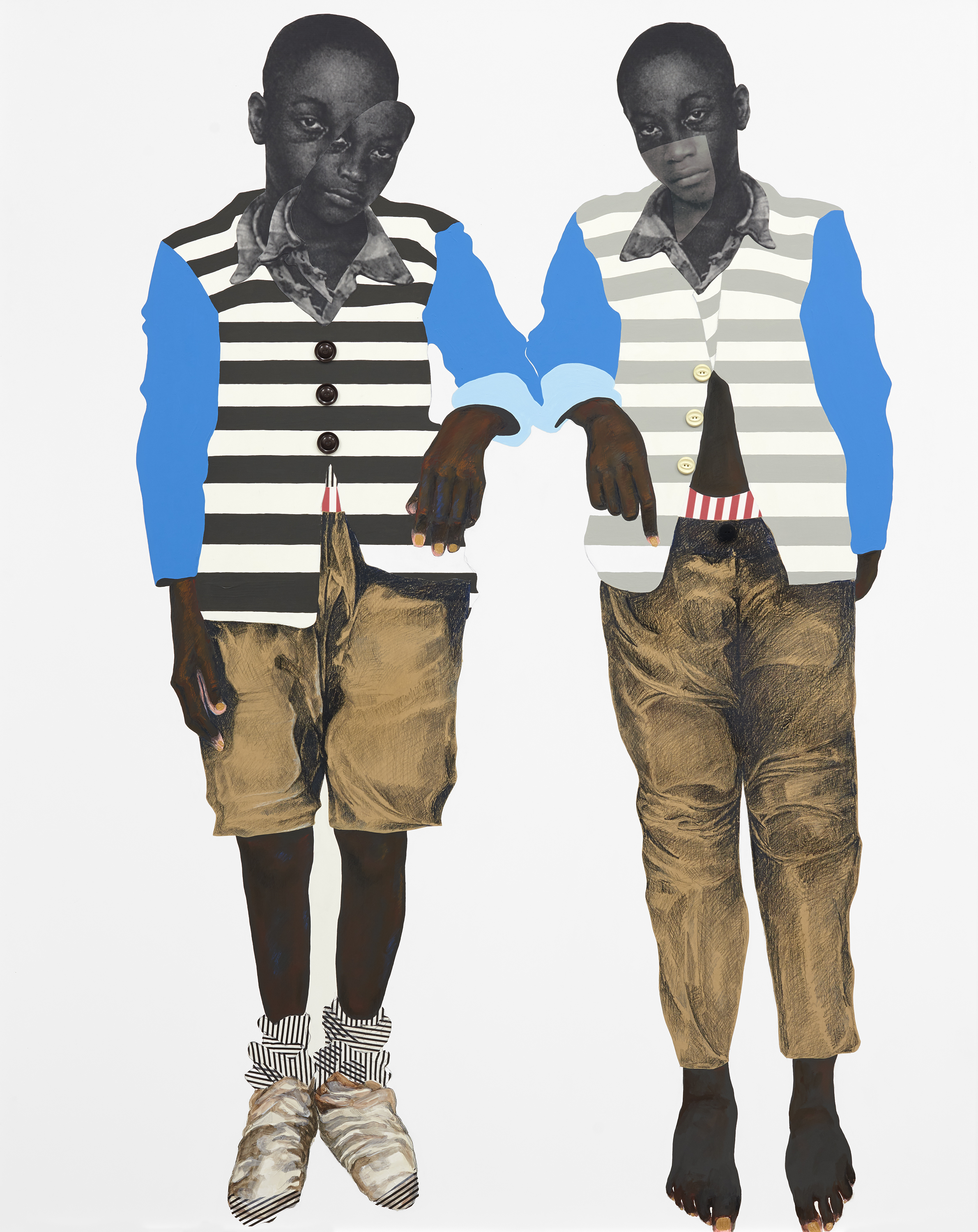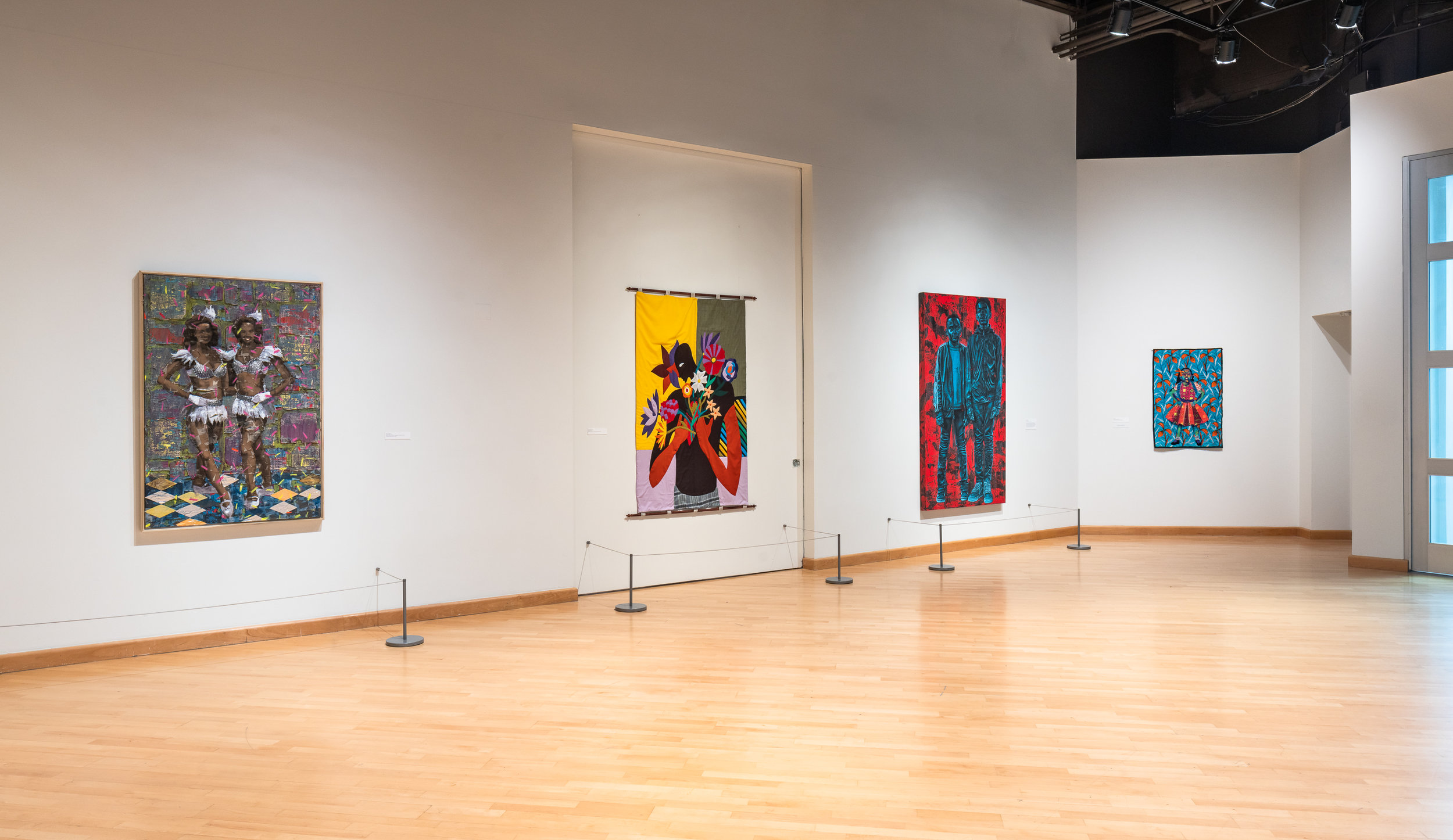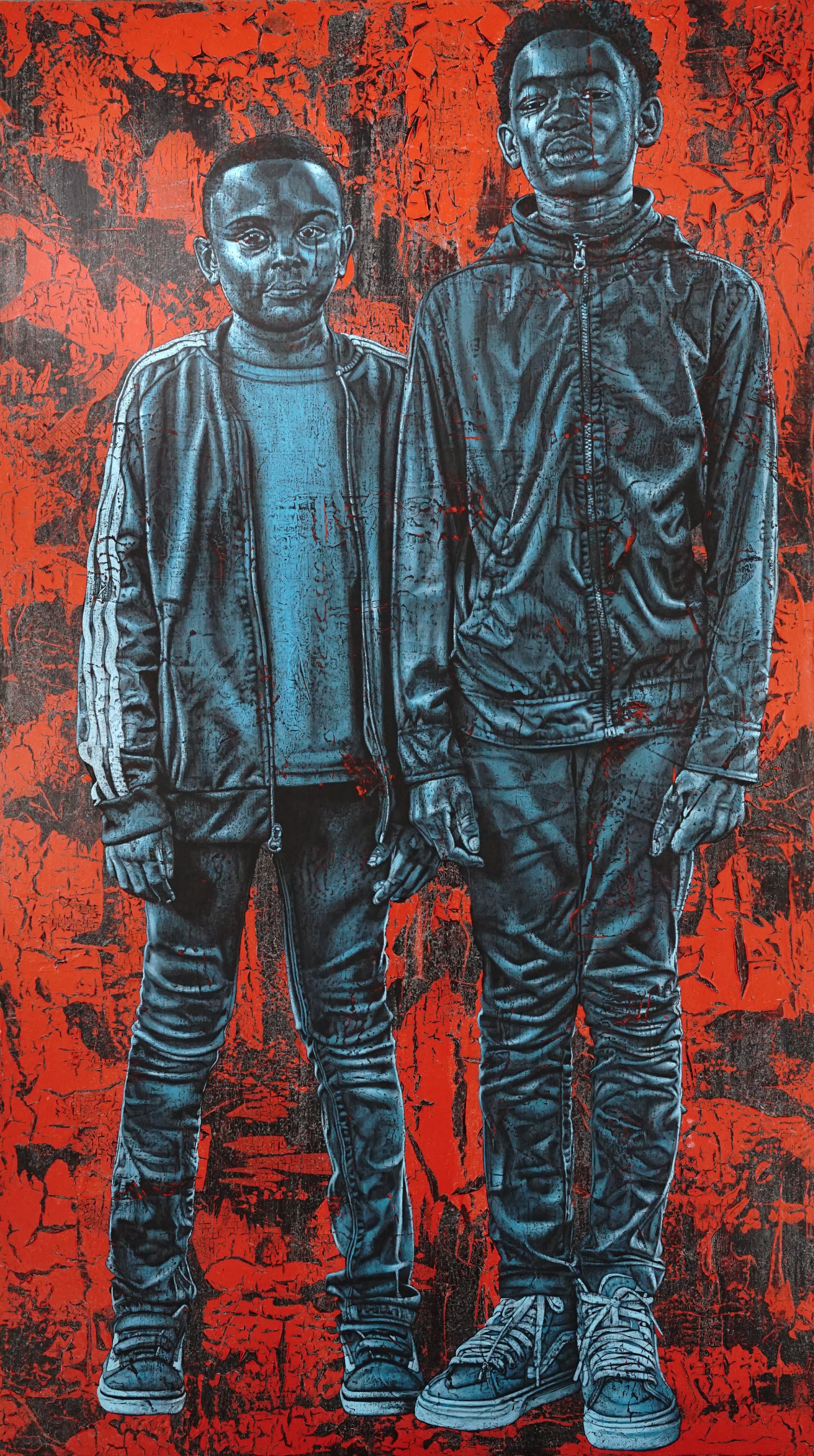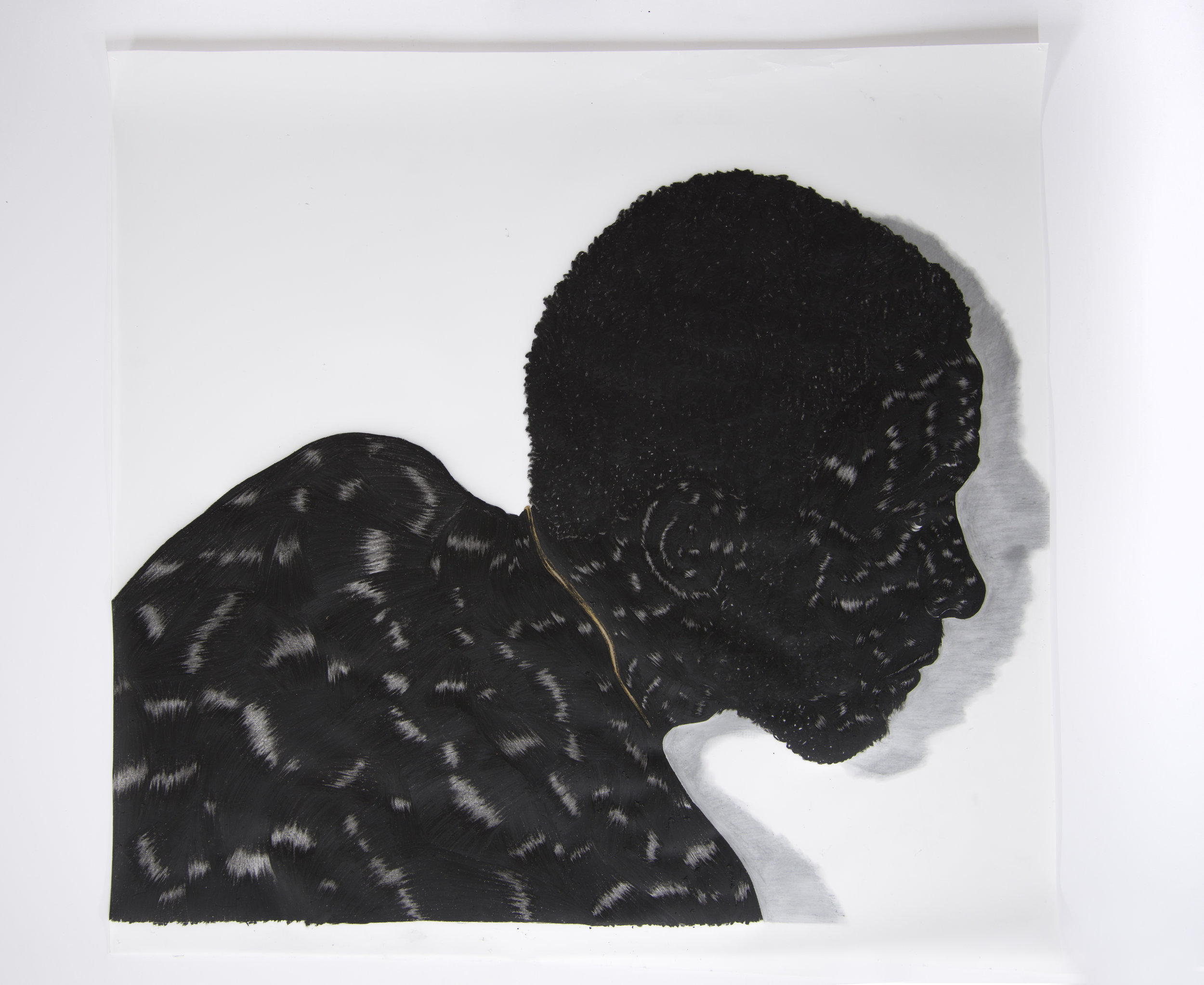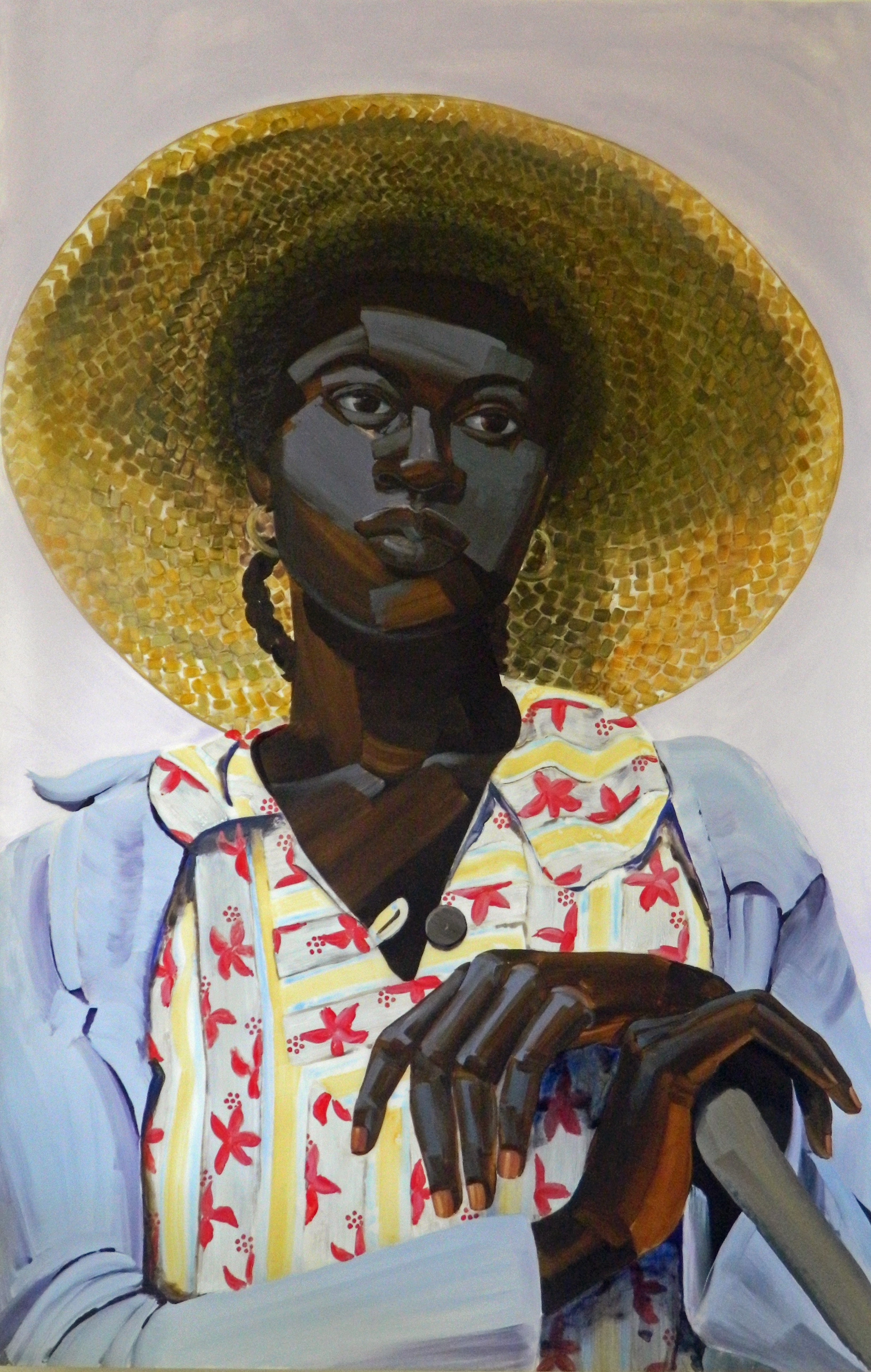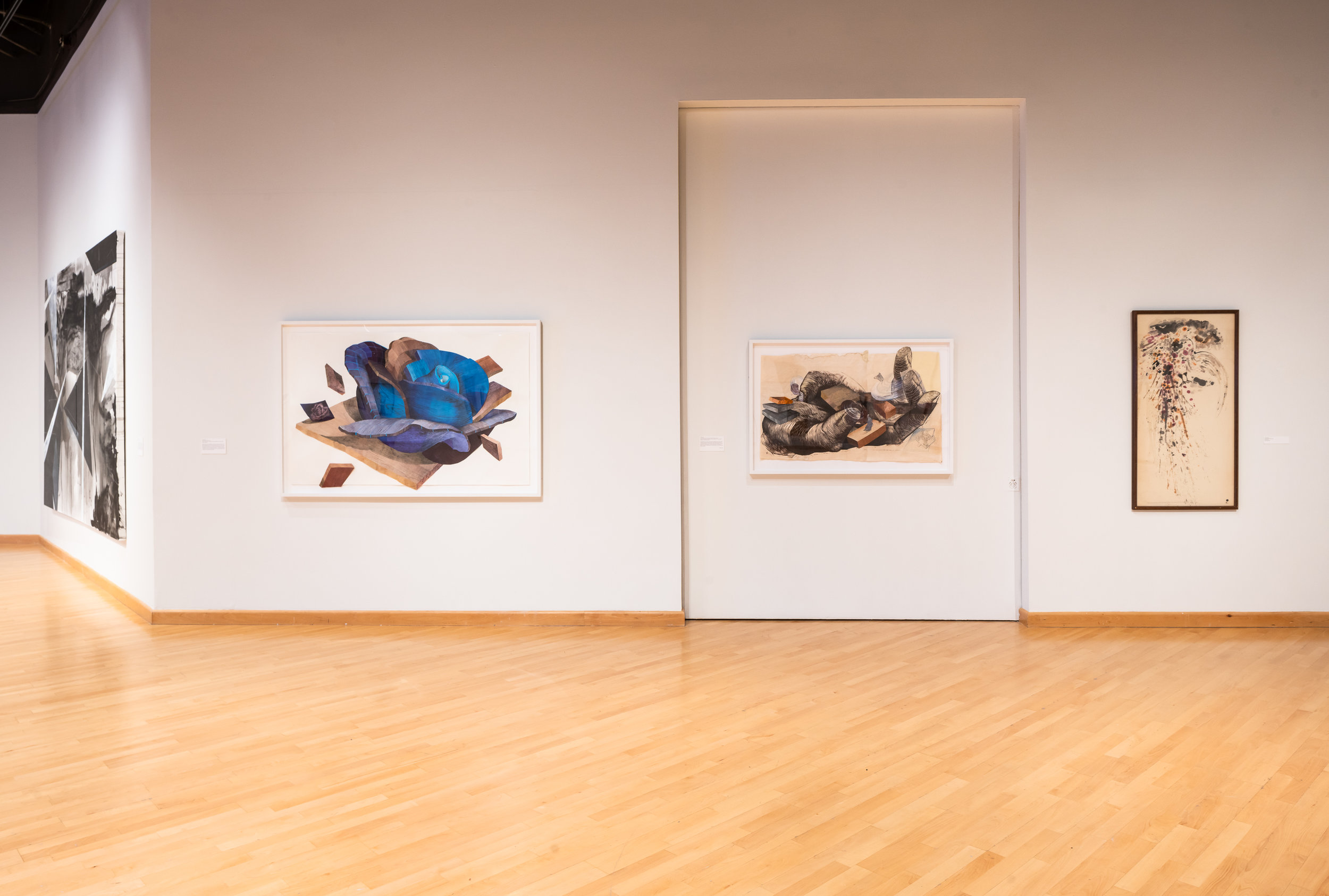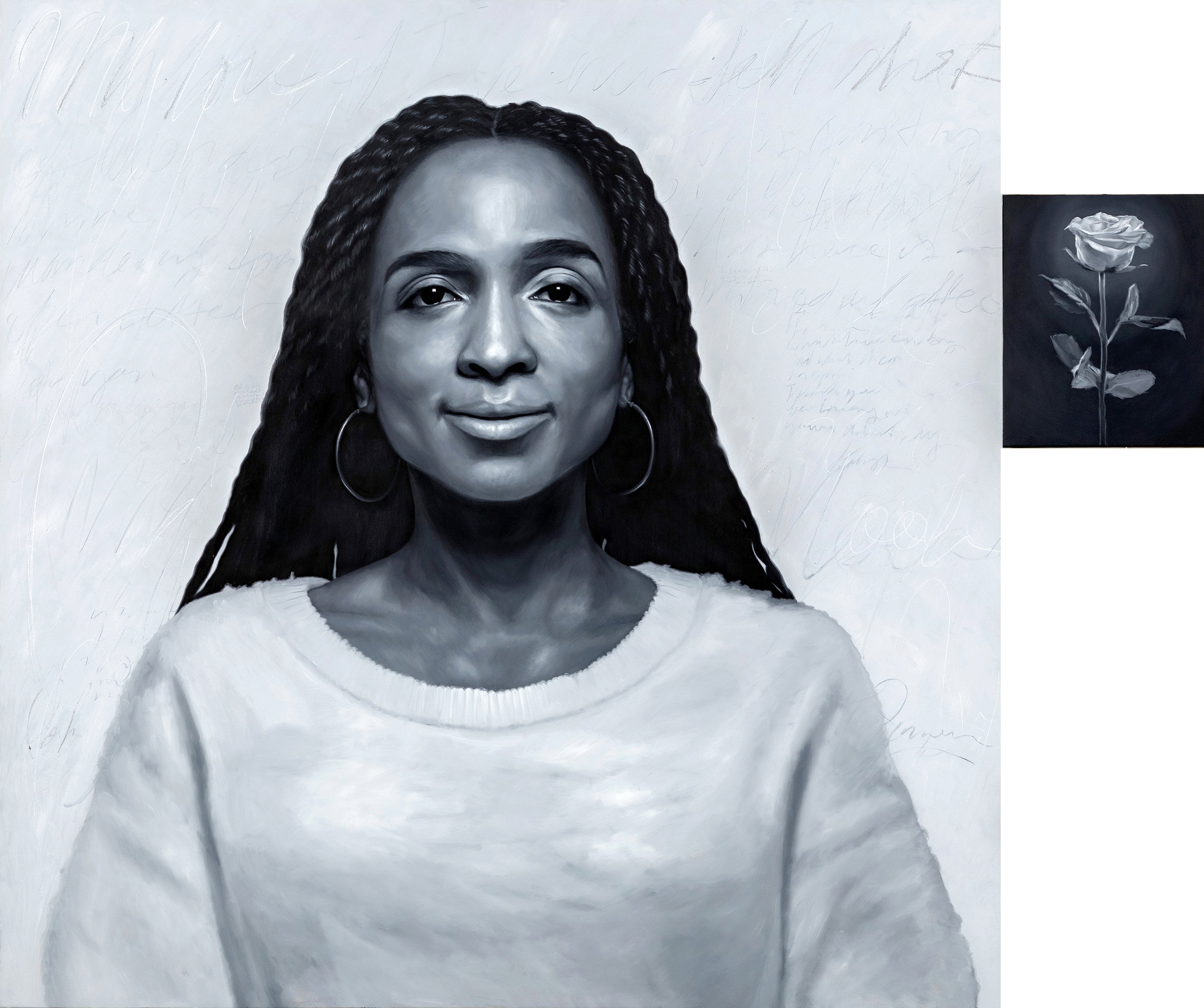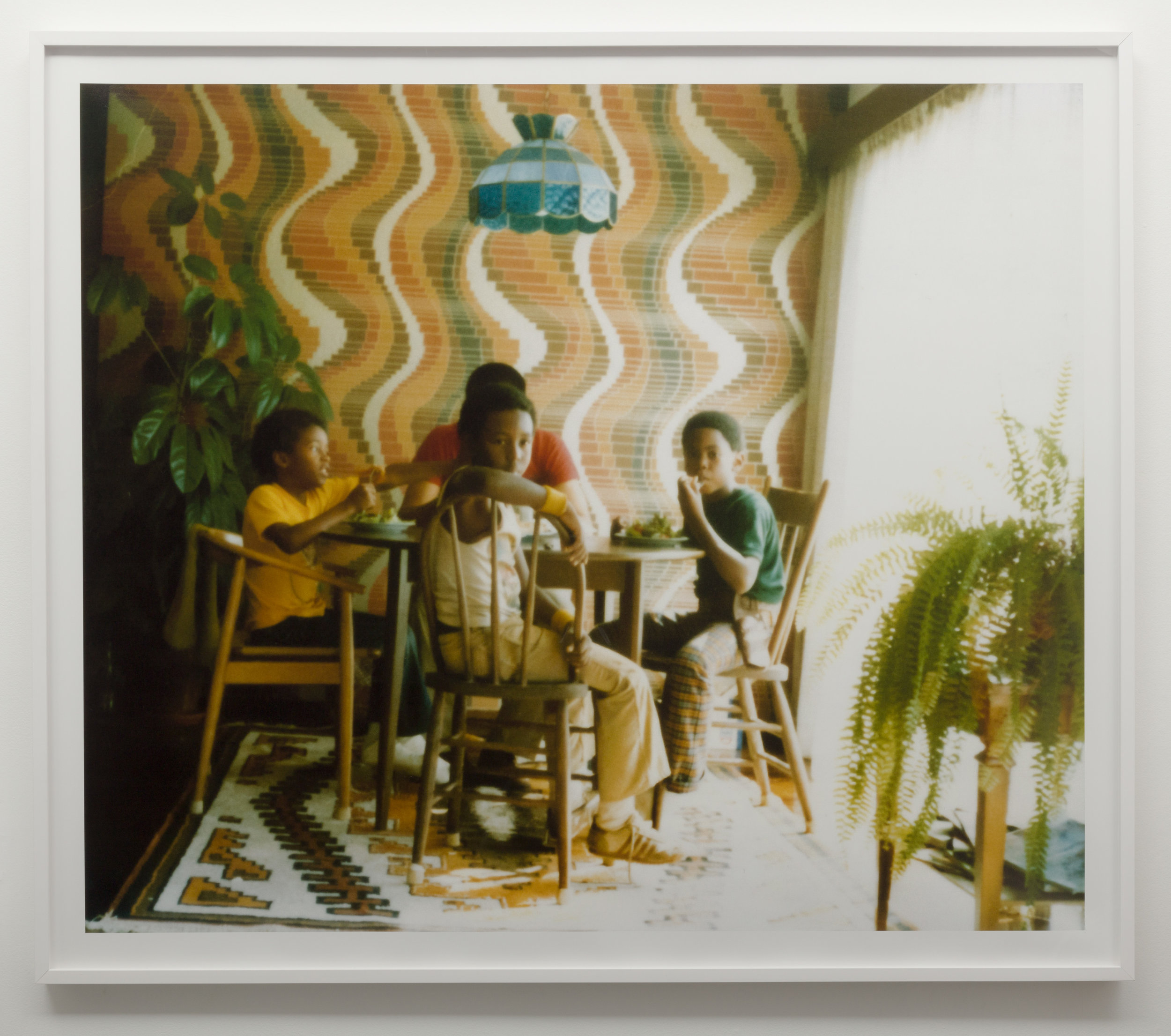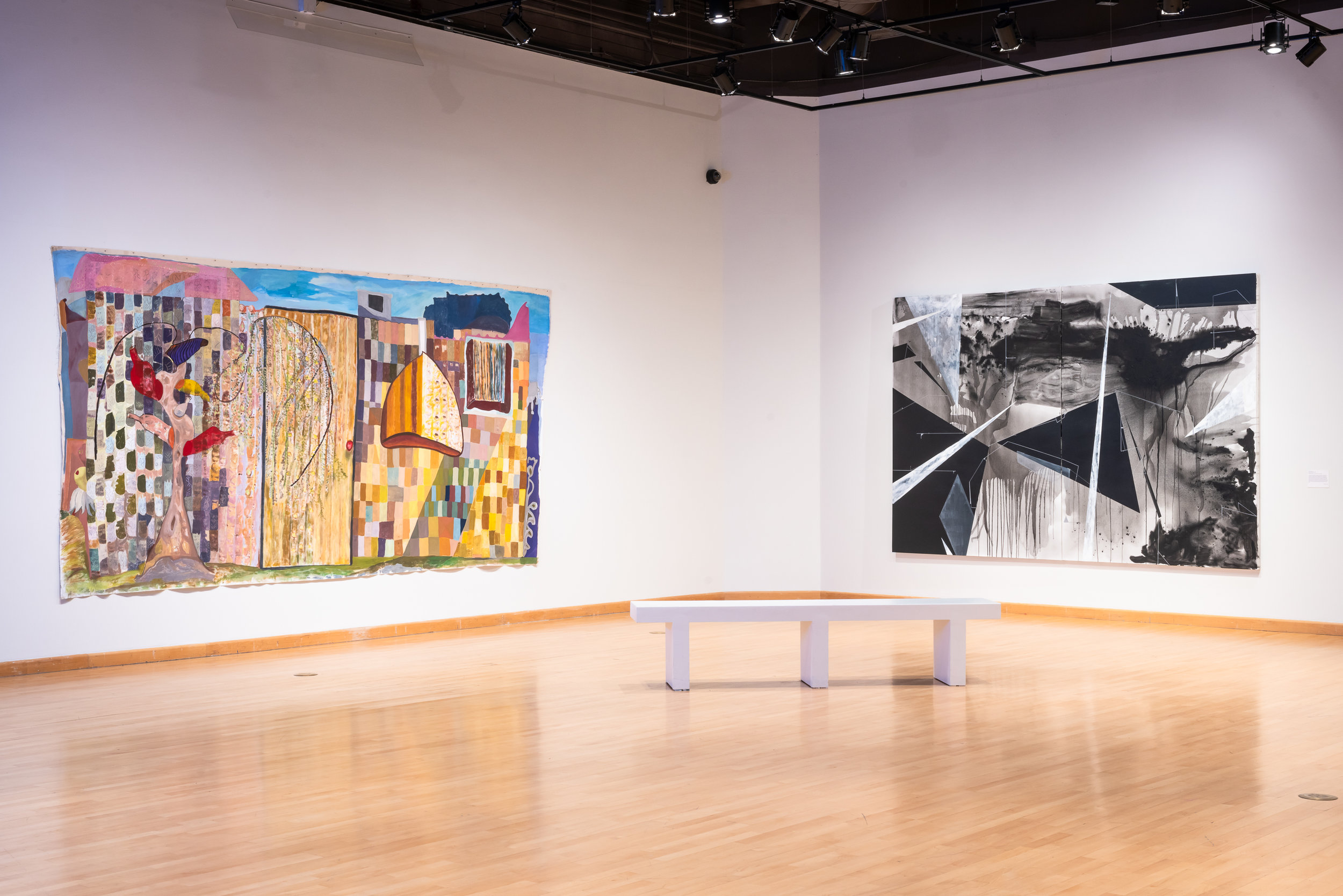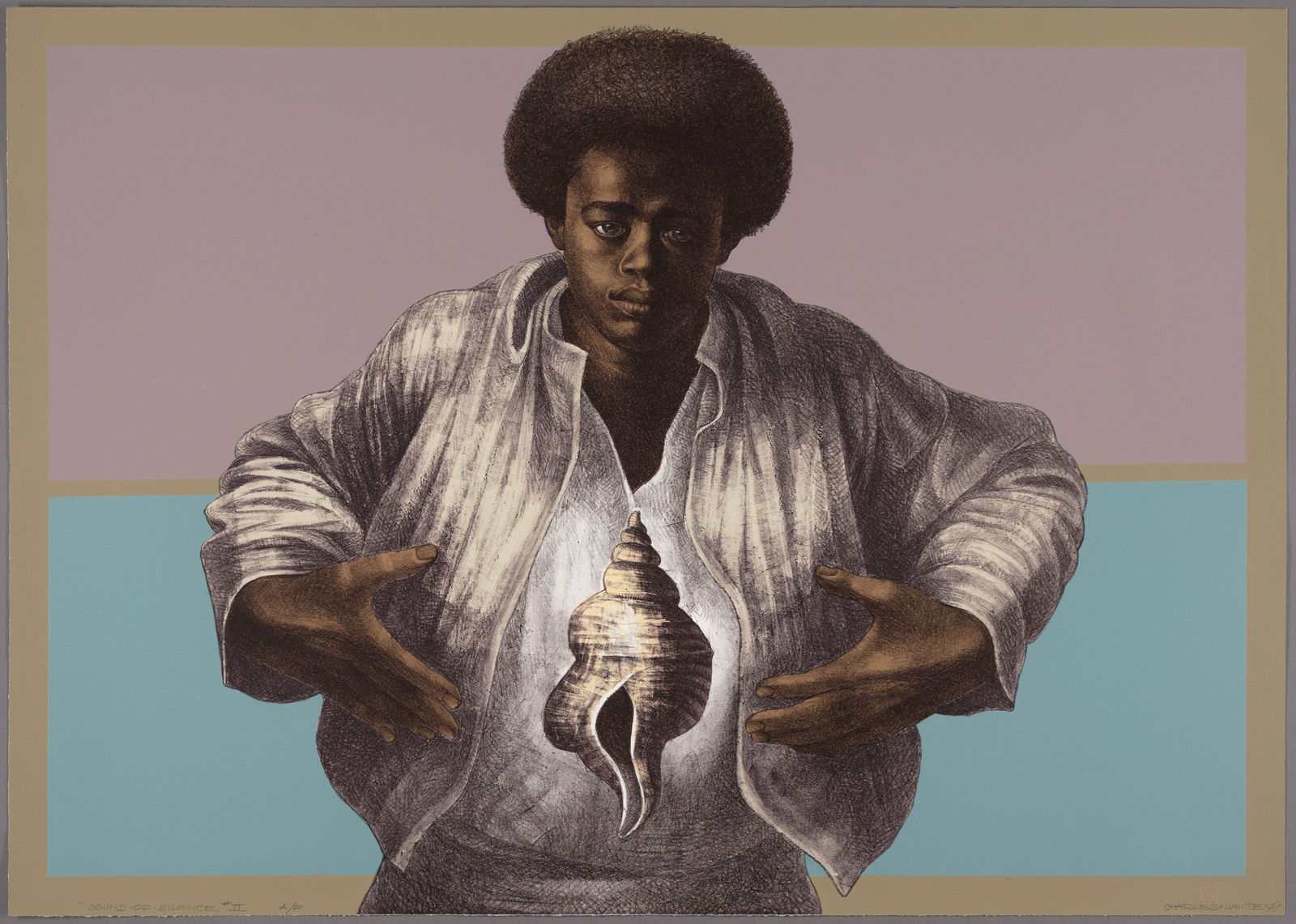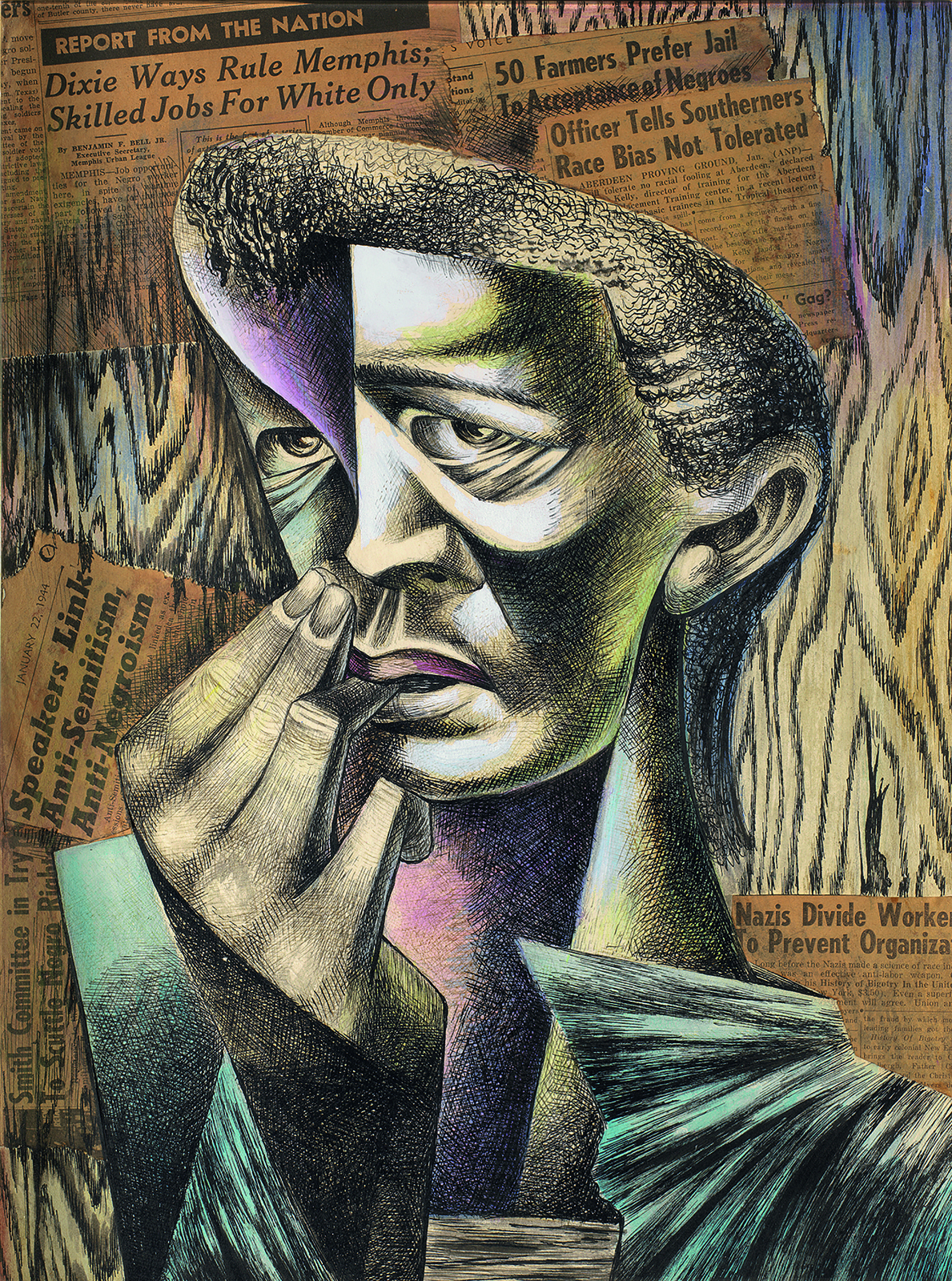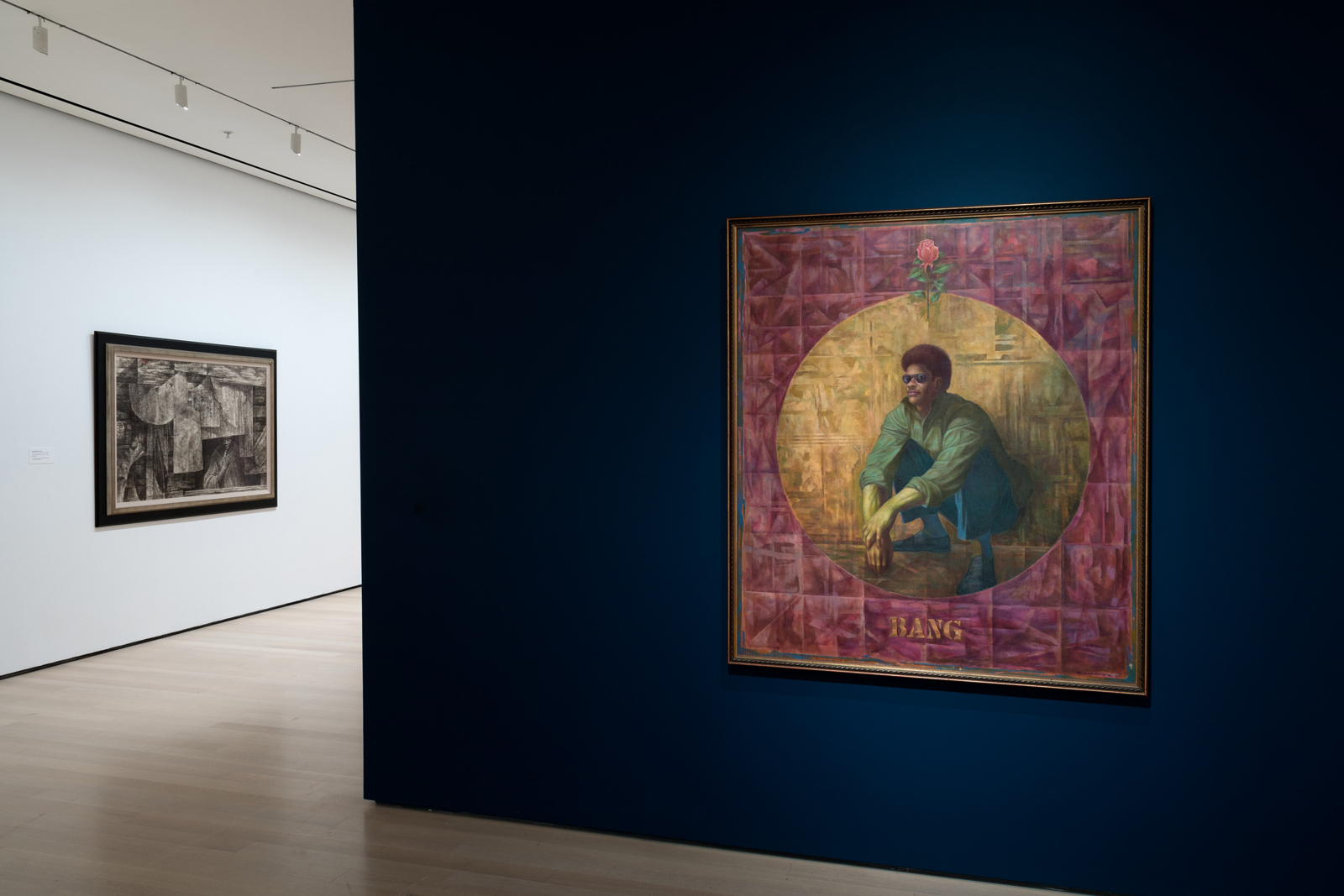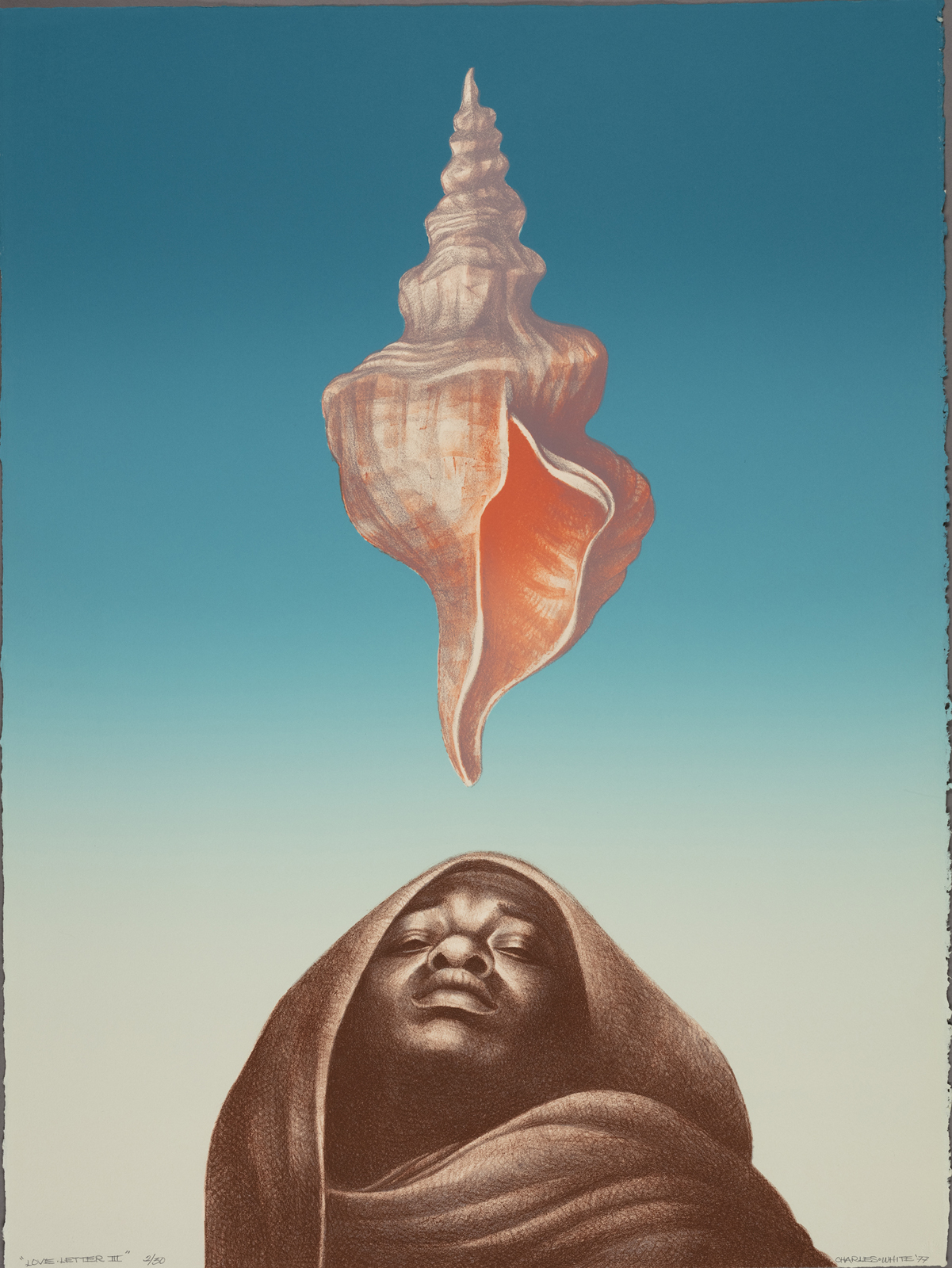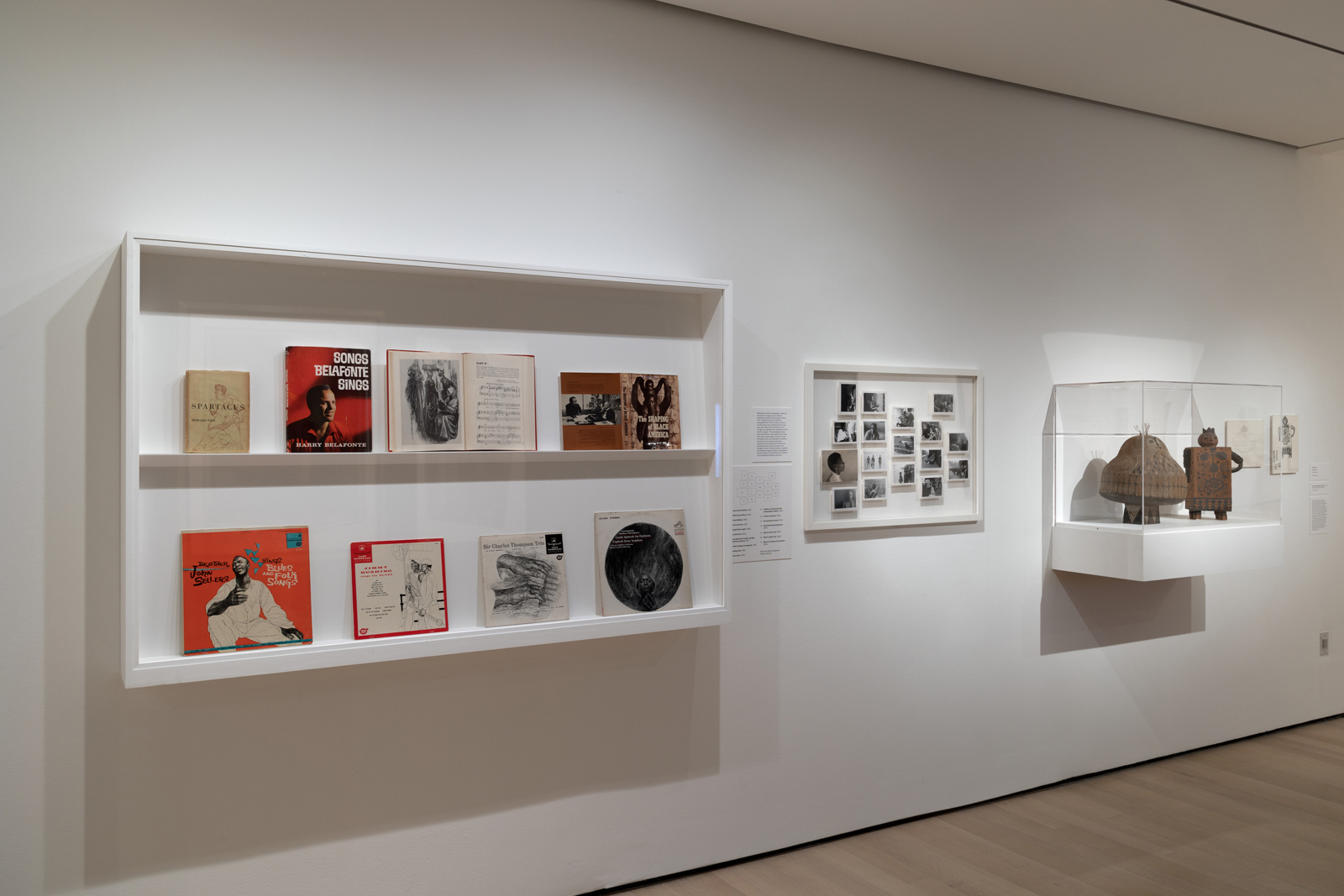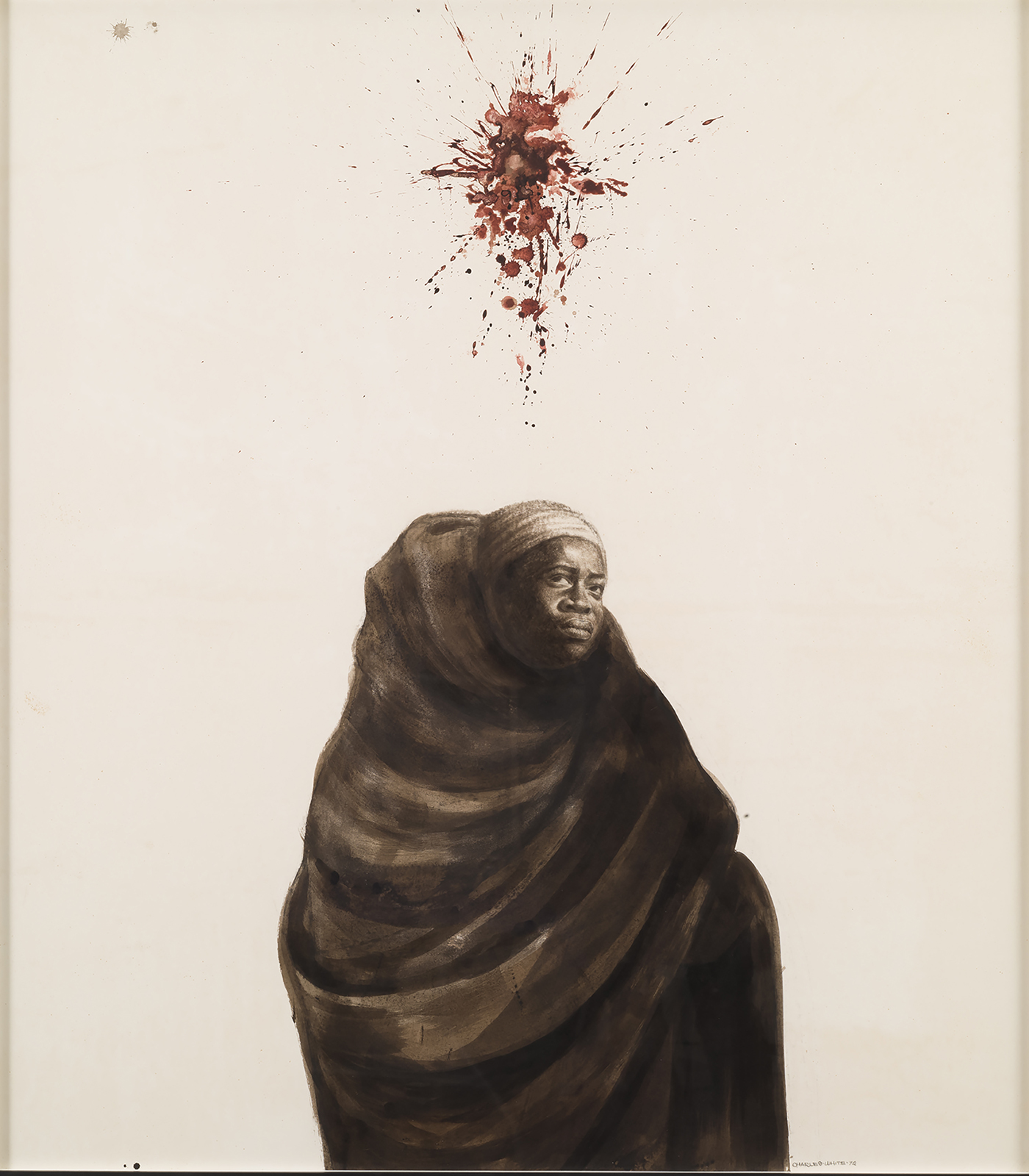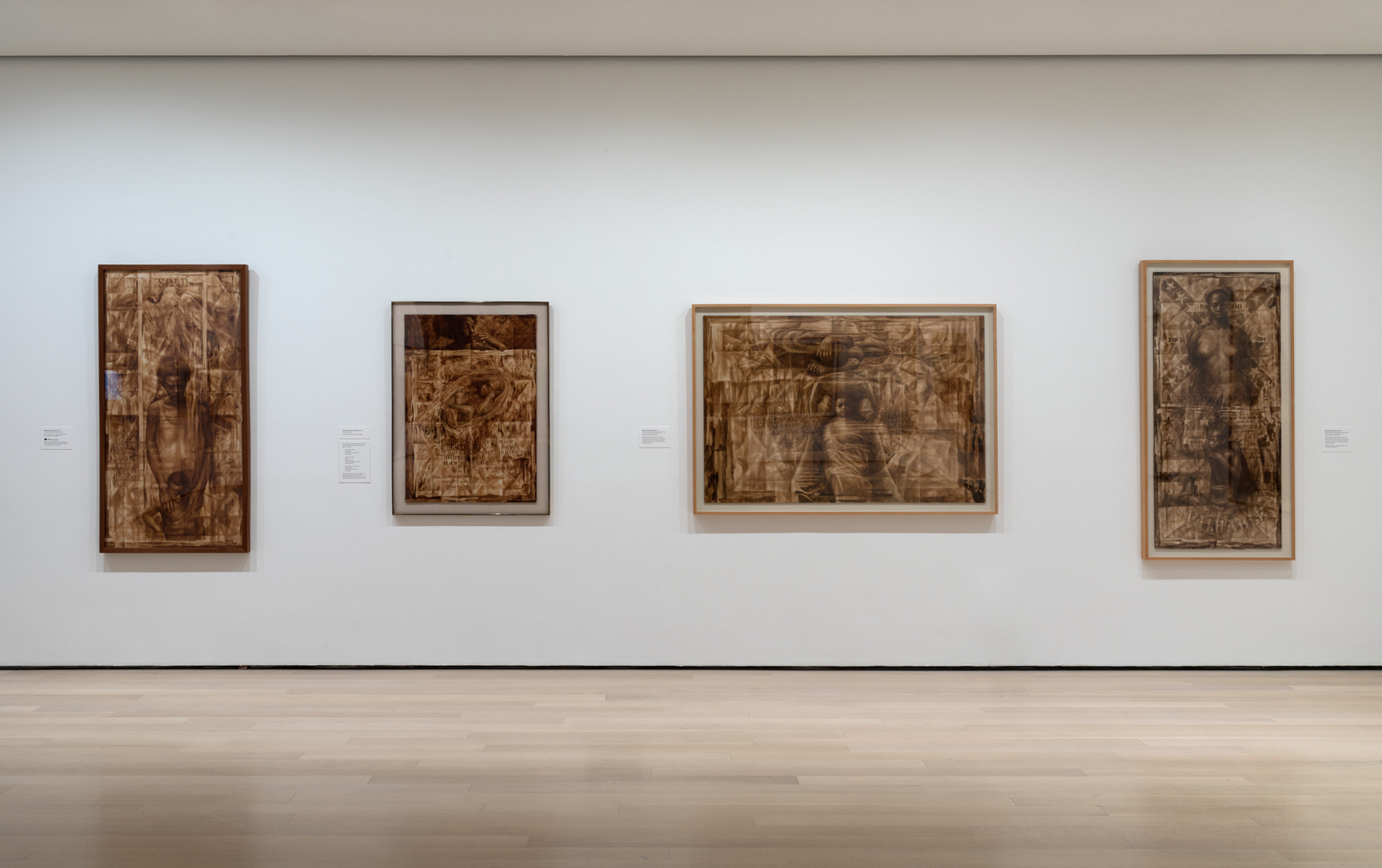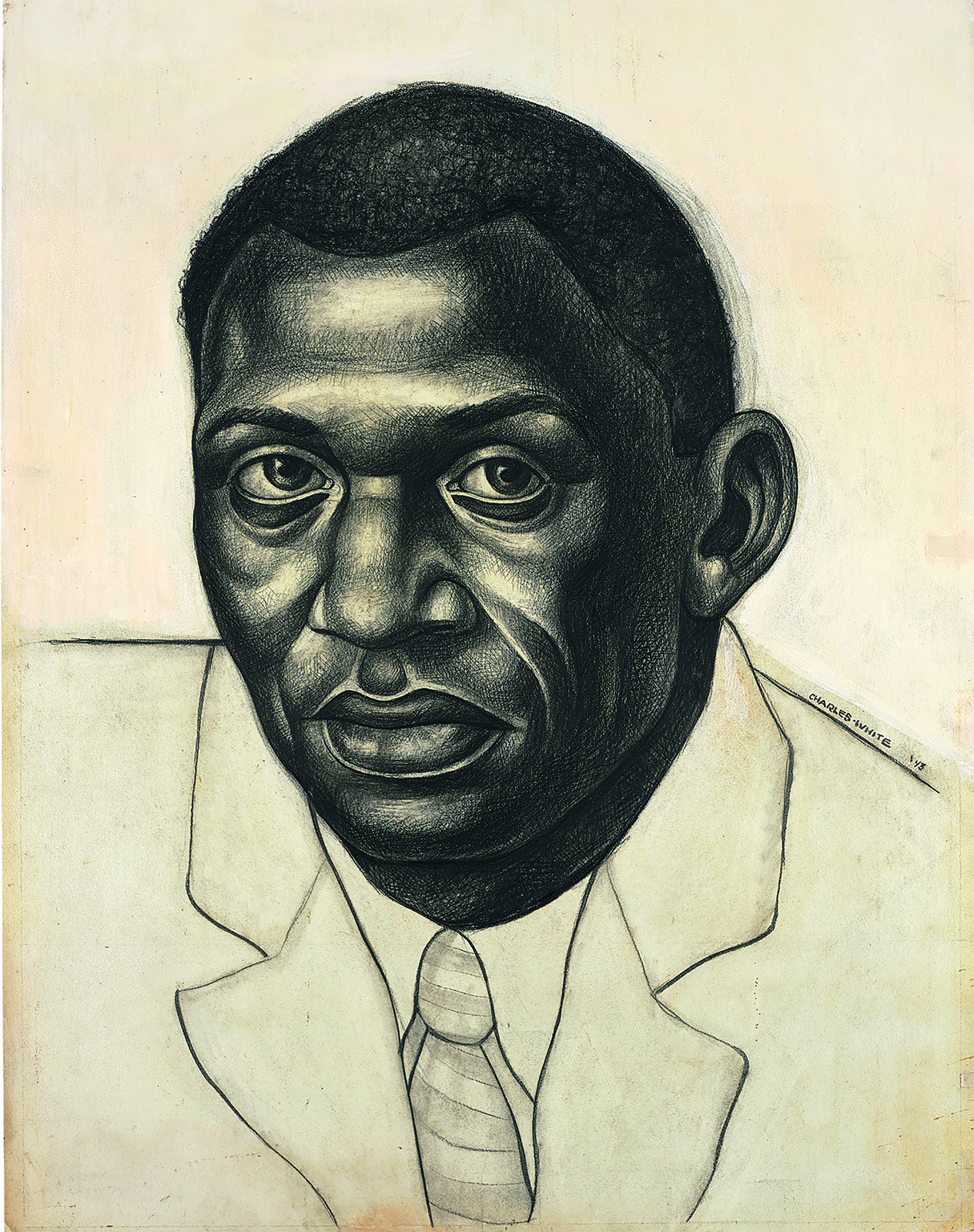Featuring the largest selection of works by Southern vernacular artists ever displayed at the California African American Museum, Dust My Broom: Southern Vernacular from the Permanent Collection examines the remarkable reach and legacy of arts traditions from the American South. The region’s vernacular manifests itself in assemblages and quilts, as well as sculptures, paintings, and drawings, executed from found or repurposed objects by largely self-taught artists who spent their careers excluded by the mainstream art world. Reflecting themes associated with spirituality, social justice, folklore, and daily life among common folk, works by artists such as Sam Doyle, “Missionary” Mary Proctor, and Purvis Young mirror the ingenuity, creativity, and deep sense of community among African Americans.
The exhibition showcases numerous recent acquisitions and places them in the context of other works from the permanent collection—specifically, alongside those connected to the California assemblage movement, including by Noah Purifoy and John Outterbridge, Los Angeles artists who were born in the South. In this regard, Dust My Broom explores the affirmation, continuity, and innovation of African American southern vernacular aesthetics brought into the West through several waves of migration. Complemented by additional loans from local collections, these compelling works illustrate the breadth of approaches practiced by artists from the South, as well as by contemporary artists, including Dominique Moody, John T. Riddle Jr., and Betye and Alison Saar, who absorbed southern influences through personal experience, family ties, and their peers. Dust My Broom is on view through February 16 at 600 State Drive, Exposition Park, Los Angeles. photographs courtesy of CAAM

